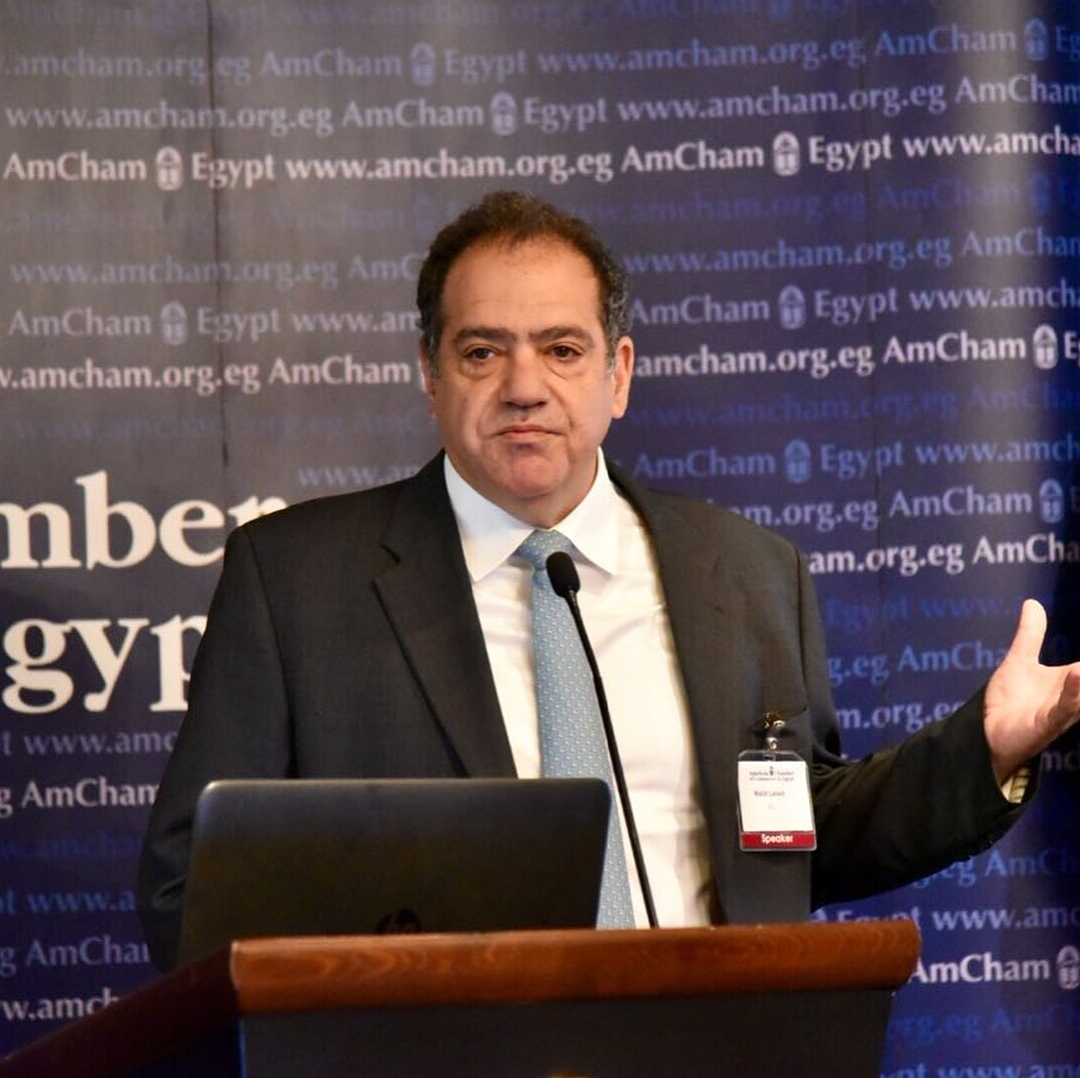The cumulative economic costs of the Israeli occupation of Gaza during the 2007–2018 period, from the prolonged closure and military operations alone, is estimated at $16.7bn, according to the latest United Nations Conference on Trade and Development (UNCTAD) report.
The report, entitled “Economic costs of the Israeli occupation for the Palestinian people: The Gaza Strip under closure and restrictions”, estimates the cost to be six times that of Gaza’s GDP in 2018, or 107% of the total Palestinian GDP.
It projects that without the closure and military operations, Gaza’s poverty rate in 2017 could have been 15%, more than a quarter of the current 56%. The poverty gap could have been 4.2%, one-fifth of the current 20%.
The report highlighted the urgent need to end the closure of Gaza, so that its people can freely trade with the rest of the occupied Palestinian territory and the world. It emphasises the urgency of restoring the Palestinian people’s right to free movement for business, medical care, education, recreation, and family ties.
Since June 2007, following Hamas’ assumption of control in Gaza, 2 million Palestinians have come under a prolonged closure inside the 365 km² area of the Gaza Strip. Moreover, the area has endured three military incursions since 2008.
The result has been the near-collapse of Gaza’s regional economy and its isolation from the Palestinian economy and rest of the world.
High unemployment
The report showed that Gaza has one of the highest unemployment rates in the world, with over half of its population living below the poverty line, the report notes.
It said that most of the area’s residents have no access to safe water, regular and reliable electricity supply, or even a proper sewage system.
The report added that, between 2007 and 2018, Gaza’s economy grew by less than 5%, and its share in the Palestinian economy decreased from 31% to 18% in 2018. As a result, GDP per capita shrank by 27% and unemployment increased by 49%.
“If Gaza’s share of the occupied Palestinian territory’s economy were to remain the same as in 2006, Gaza’s GDP would have been 50% higher than its actual size,” the report added.
As a result of the GDP collapse, Gaza’s poverty rate jumped from 40% in 2007 to 56% in 2017. The poverty gap increased from 14% to 20%, and the annual minimum cost of lifting people out of poverty quadrupled from $209m to $838m.
The report added that these estimates are partial, because they cover only the economic cost of the Israeli occupation from the prolonged closure and recurrent military operations in Gaza between 2007 and 2018.
The estimates do not capture other costs of the Israeli occupation, such as the economic impact of preventing the Palestinian people from using their natural gas field, located off the shores of Gaza.
Returning to development track
The report provides recommendations on how to put Gaza back on track towards sustainable development. These include the complete lifting of restrictions on access and movement with the West Bank and the rest of the world.
It also recommends the complete unlocking of Gaza’s economic potential by investing and building seaports and airports, as well as water and electricity projects.
In addition, the Palestinian government should be enabled to develop Gaza’s offshore oil and natural gas resources. This would secure the required resources for the rehabilitation, reconstruction and recovery of Gaza’s regional economy. It would also significantly boost the economy and the financial position of the Palestinian National Authority.


